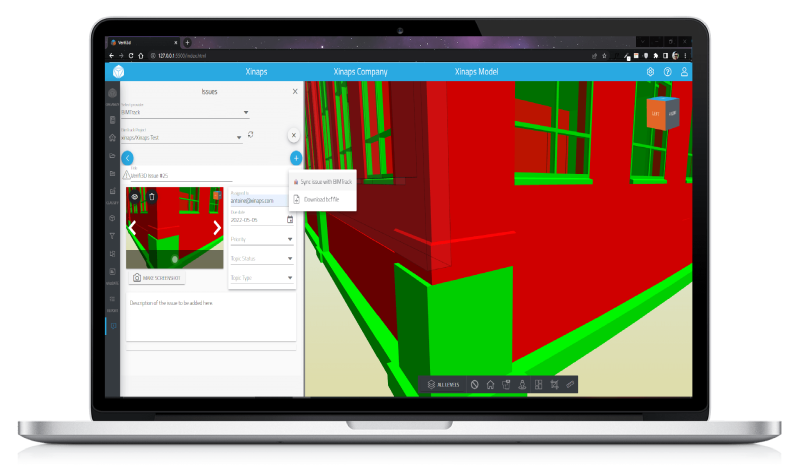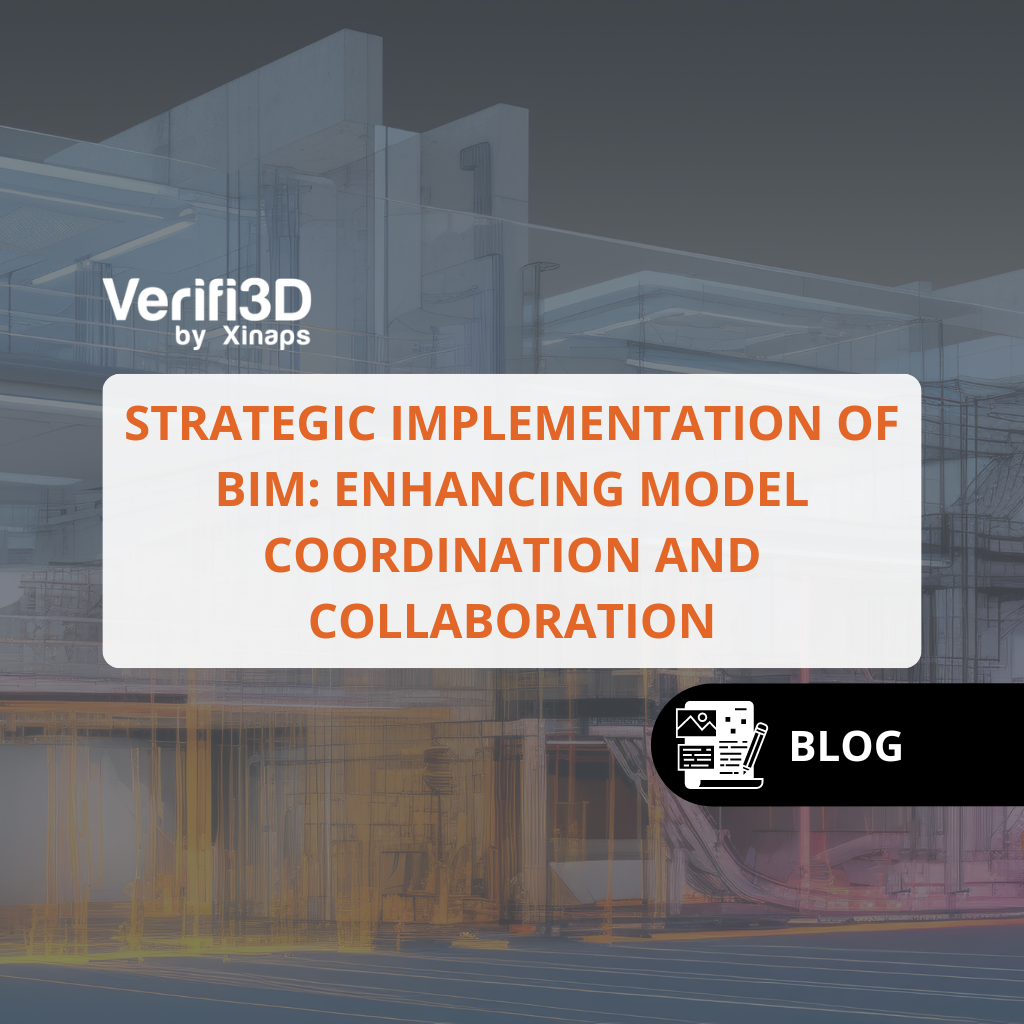
Automatiseer clash checks
van Es architecten is een vooruitstrevend bureau dat visies van klanten vertaalt in tastbare structuren. Met een focus op samenwerking en het gebruik van geavanceerde technologie, zorgen ze ervoor dat elk project zowel functionaliteit als esthetiek weerspiegelt. van Es architecten erkent het belang van het behoud van de integriteit en kwaliteit van hun gebouwontwerpen gedurende de gehele projectlevenscyclus. Gebruikmakend van hun innovatieve geest, heeft van Es architecten vanaf het begin 3D modellering omarmd, door gebruik te maken van ArchiCad. Als een technologisch geavanceerd bureau waren ze proactief op zoek naar tools die hun processen zouden stroomlijnen en de samenwerking zouden verbeteren. Verifi3D kwam naar voren als de ideale oplossing vanwege de geavanceerde functies die zijn afgestemd op de specifieke behoeften van architectonisch ontwerp.
Naadloze samenwerking.
De gebouwontwerpteams maken gebruik van Verifi3D's integratie met SharePoint om een gecentraliseerde oplossing voor samenwerking te creëren. Deze integratie vergemakkelijkt gestroomlijnde communicatie en het delen van bouwontwerpbestanden (.ifc) tussen teamleden, zodat iedereen met de meest recente bouwontwerpgegevens werkt. Door projectinformatie in één omgeving te consolideren, handhaven ze de consistentie van het gebouwontwerp en de kwaliteit van de data, en verkleinen ze het risico op discrepanties veroorzaakt door ongelijksoortige databronnen.
Geavanceerde regelgebaseerde engine.
De geavanceerde regelgebaseerde engine van Verifi3D is onmisbaar gebleken voor gebouwontwerpteams, omdat het clash checks automatiseert door middel van aanpasbare templates, waardoor manuele controles en fouten in het gebouwontwerp aanzienlijk worden verminderd. Dit verbetert niet alleen de kwaliteit van de data, maar draagt ook bij aan de inspanningen op het gebied van duurzaamheid door het optimaliseren van het gebruik van middelen en het minimaliseren van herstelwerkzaamheden.
Automatisering van controles.
Ook al worden gebouwontwerpmodellen ontvangen van verschillende bronnen met verschillende kwaliteit, Verifi3D ondersteunt het standaardiseren van gebouwontwerpdata en zorgt voor een consistente datakwaliteit door middel van geautomatiseerde modelcontrole. Dit betekent dat teams een betere controle hebben over de kwaliteit van modellen, waardoor er minder fouten worden gemaakt en er tijd en middelen worden bespaard tijdens de controles.
Krachtige visualisatie voor meer inzicht in gegevens.
Vroegtijdige inzichten in ontwerpen en duurzaamheid zijn een prioriteit voor de ontwerpteams van gebouwen en de krachtige visualisatie die Verifi3D biedt, zorgt ervoor dat ontwerpen tijdens het ontwerpproces voldoen aan de hoogste normen van kwaliteit en naleving. Met eenvoudige toegang tot Meta datasets in de Data Viewer, kunnen gebruikers de integriteit van data waarborgen en versiebeheer behouden, wat uiteindelijk leidt tot ontwerpen van hogere kwaliteit en die voldoen aan de eisen.

"Verifi3D gebruiken gaat niet alleen over het toepassen van nieuwe technologie, het gaat over het omarmen van een mentaliteit van voortdurende verbetering. Door de integratie in ons ontwerpproces kunnen onze teams effectiever samenwerken en vol vertrouwen datagestuurde beslissingen nemen!"
Directeur/Architect




























